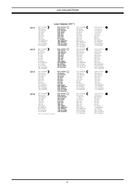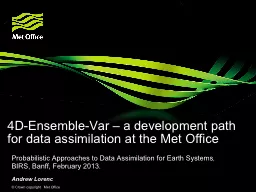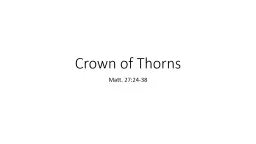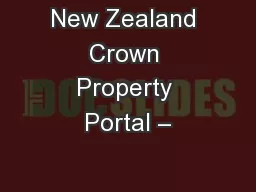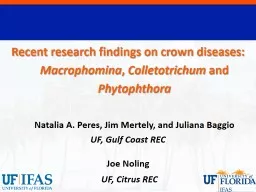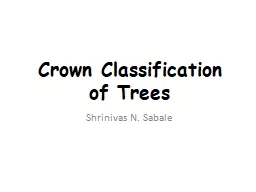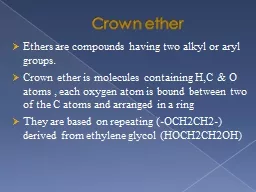PPT-© Crown copyright Met Office
Author : stefany-barnette | Published Date : 2019-06-29
GODEXNWP 2017 Nigel Atkinson Met Office 16 th 19 th May 2017 Lannion France Contents NWP model and infrastructure capabilities Changes in data usage since last
Presentation Embed Code
Download Presentation
Download Presentation The PPT/PDF document "© Crown copyright Met Office" is the property of its rightful owner. Permission is granted to download and print the materials on this website for personal, non-commercial use only, and to display it on your personal computer provided you do not modify the materials and that you retain all copyright notices contained in the materials. By downloading content from our website, you accept the terms of this agreement.
© Crown copyright Met Office: Transcript
Download Rules Of Document
"© Crown copyright Met Office"The content belongs to its owner. You may download and print it for personal use, without modification, and keep all copyright notices. By downloading, you agree to these terms.
Related Documents


